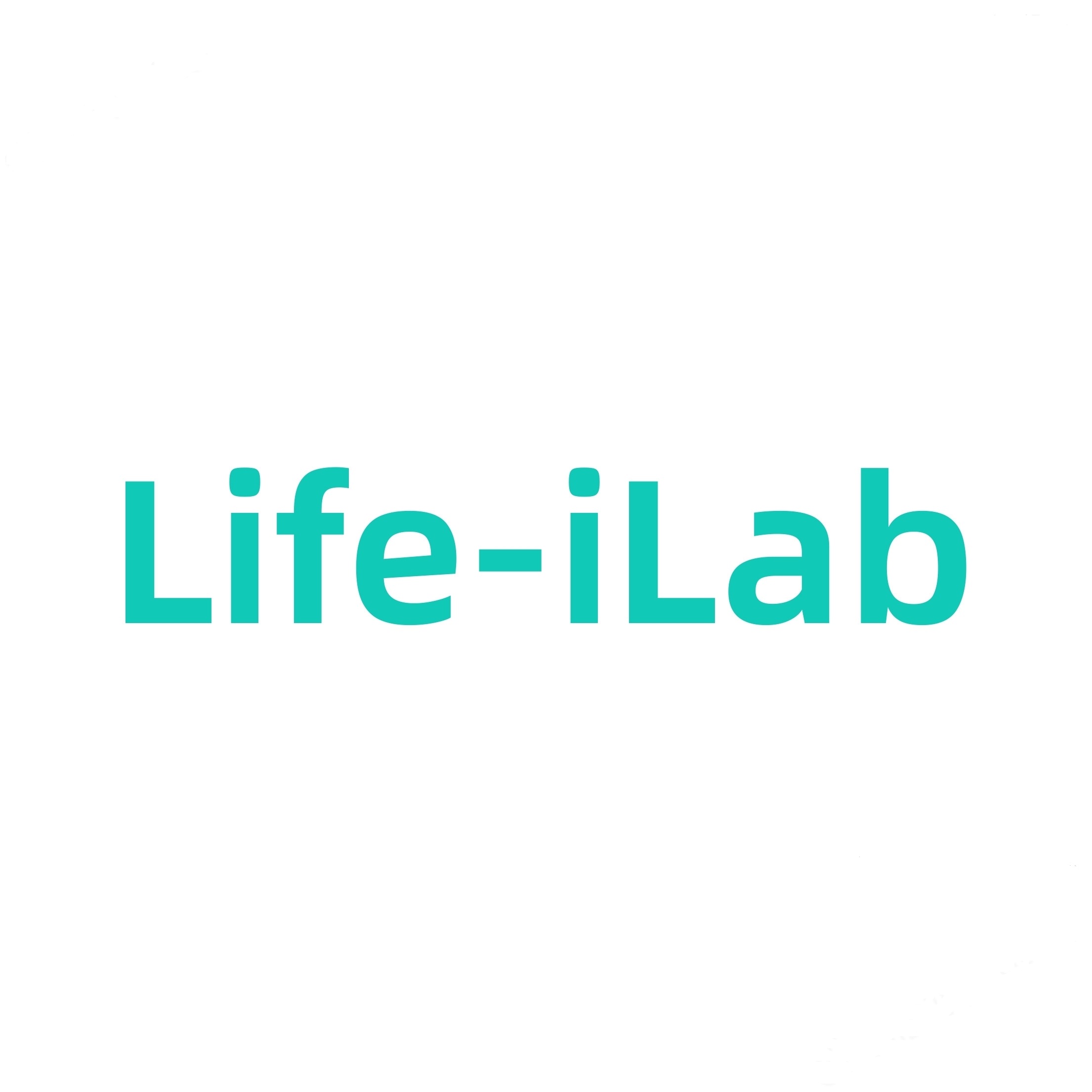Product Description
RIPA (Radio Immunoprecipitation Assay) lysis buffer is a classic animal tissue/cell rapid lysis buffer that decomposes and releases proteins from tissue cells by combining ionic and non-ionic detergents. It has strong lysis effects on cell membranes, cytoplasmic sub components, and nuclear components.
Li Ji Biological RIPA Lysate (Middle) Does not contain PMSF components; Suitable for research on PAGE, Western Blotting, and immunoprecipitation (IP).
ordering information
| Product Name | Item number | Specifications |
| RIPA cracking solution (middle) | AP01L024 | 100mL |
Transportation and storage
Transport at room temperature. Stored at 4 ℃, with a shelf life of 12 months.
Formula table
25mM Tris•HCl,150mM NaCl,1% NP-40,0.5% sodium deoxycholate,pH 7.6
usage method
Adherent cell
1. Take an appropriate amount of lysis buffer and add a mixture of protease inhibitors (100 x, without EDTA) (item number: AP02L084) or PMSF (final concentration:
1 mM, but PMSF is not sufficient to inhibit all protease activities.
2. Remove the cell culture medium and wash twice with pre cooled PBS. Add 150-200ul of cracking solution evenly to each hole of the 6-well plate
Add lysis buffer, and if the cell density is too high, increase the amount of lysis buffer to 250-300 uL. [Note]: Too little lysis buffer can prevent cell lysis
Sufficiently affect the quality of protein extraction.
3. Blow with a gun several times, place on ice for 10 minutes, and blow with a gun every 2 minutes during this period.
4. Transfer the cell lysate into a 1.5 mL EP tube.
5. Centrifuge 12000 g at 4 ℃ for 5 minutes.
6. Collect the supernatant.
Suspended cells
1. Take an appropriate amount of lysis buffer and add a mixture of protease inhibitors (100 x, without EDTA) (item number: AP02L084) or PMSF (final concentration:
1 mM, but PMSF is not sufficient to inhibit all protease activities.
2. Collect 0.5~2 × 107 cells in a 1.5mL centrifuge tube, wash twice with 1mL pre cooled PBS, centrifuge at 1000xg for 3 minutes, discard the supernatant,
Repeat three times.
3. Add 150-200uL of lysis buffer evenly to each well of the 6-well plate. If the cell density is too high, the lysis buffer can be increased
Measure to 250-300uL. 【 Note 】: Insufficient lysis buffer can result in incomplete cell lysis and affect the quality of protein extraction.
4. Blow and vigorously shake with a gun several times, place on ice for 10 minutes, and shake every 2 minutes during this period.
5. Centrifuge 12000 g at 4 ℃ for 5 minutes.
6. Collect the supernatant
Organize samples
1. Cut the organization into small pieces.
2. Take an appropriate amount of lysis buffer and add a mixture of protease inhibitors (100 x, without EDTA) (item number: AP02L084) or PMSF (final concentration:
1 mM, but PMSF is not sufficient to inhibit all protease activities.
3. Add lysis buffer at a ratio of 1mL per 100mg of tissue (if the lysis is not sufficient, the lysis buffer can be appropriately increased if necessary)
Increasing protein concentration can appropriately reduce the volume of lysis buffer used.
4. Use a homogenizer to homogenize until fully lysed (please operate on ice to prevent protein degradation).
5. Centrifuge 12000 g at 4 ℃ for 5 minutes.
6. Collect the supernatant.
matters needing attention
1. This product is only for scientific experimental research and should not be used in clinical diagnosis, treatment, or other fields.
To detect phosphorylated proteins, an additional phosphatase inhibitor II cocktail (50x) (item number: AP03L025) needs to be added.
3. A small transparent gel like substance often appears in the cracking products of RIPA cracking solution, which is a normal phenomenon. This transparent gel contains genomic DNA
Waiting for the composite. Without detecting proteins that bind tightly to genomic DNA, the supernatant can be directly centrifuged for subsequent experiments;
If it is necessary to detect proteins that bind closely to the genome, the transparent gel can be broken and dispersed by ultrasound treatment, followed by centrifugation
Take the supernatant for subsequent experiments. If detecting some common transcription factors, such as NF kappaB, p53, etc., it is usually not necessary to perform ultrasound
Sound processing can detect these transcription factors.
4. RIPA lysate (medium) contains a high concentration of detergent and cannot be measured for protein using the Bradford method.
5. If the tissue sample itself is very small, it can be sheared appropriately and directly added to the lysis solution for complete lysis through strong vortexing.
Then centrifuge and collect the supernatant for subsequent experiments. The advantage of direct cracking is that it is relatively convenient and does not require the use of a homogenizer, but the disadvantage is that it is not as effective as
Cracking is more thorough using a homogenizer.
6. Usually, adding 150 μ L of lysis buffer to each well of a 6-well plate is sufficient, but if the cell density is very high, the amount of lysis buffer can be appropriately increased
Up to 200 μ L or 250 μ L.
Table 1: Usage of RIPA cracking solution
| Sample source | Cultivation container | Harvest cell count | RIPA dosage | Number of samples that can be prepared |
| Cells | 6-hole plate | 2.5 x 10^6 | 150-250 μL | 400~600 |
| 60 mm Cultivation bottle | 5.2 x 10^6 | 300-500 μL | 200~300 |
| 90 mm Cultivation bottle | 12.2 x 10^6 | 500-1000 μL | 100~200 |
| 25 cm²Cultivation bottle | 5 x 10^6 | 300-500 μL | 200~300 |
| 75 cm²Cultivation bottle | 2 x 10^7 | 1000-2000 μL | 50~100 |
| organization | 20 mg Organizational block | 2.5 x 10^6 | 150-250 μL | 400~600 |
Related product recommendations
EZ ECL Pico chemiluminescence solution (ultra sensitive type) (item number: AP34L024)
BCA protein quantification kit (item number: AP12L025)
This product is only for scientific experimental research and should not be used in clinical diagnosis, treatment, or other fields.














 Back
Back
 Back
Back




























